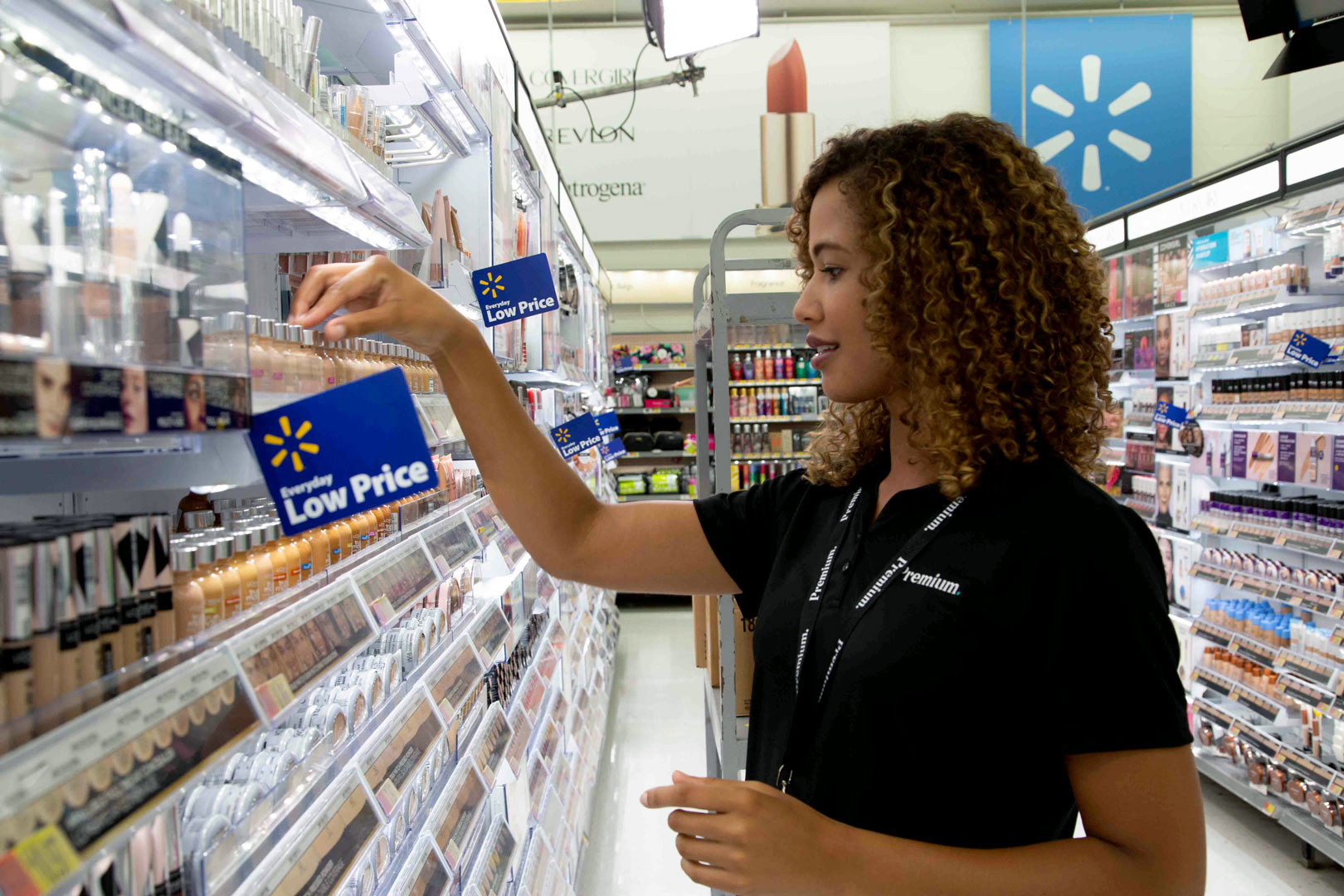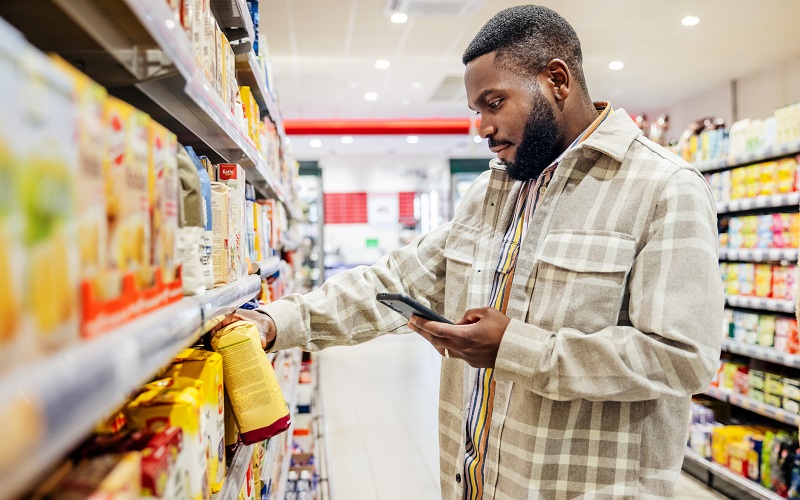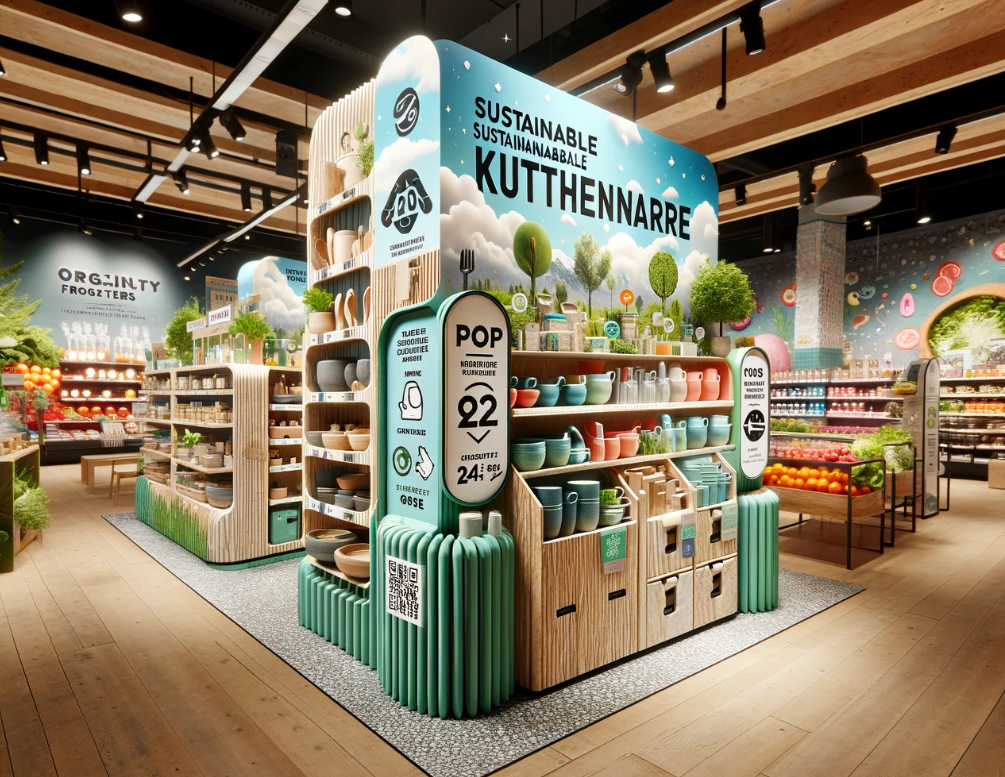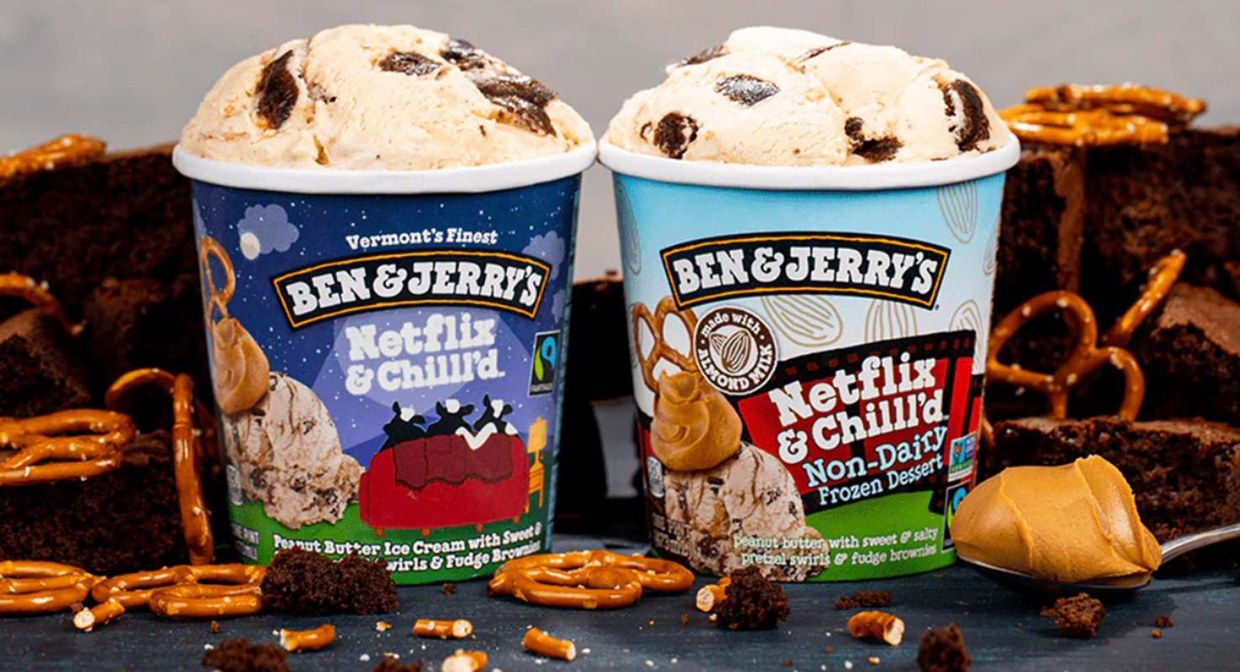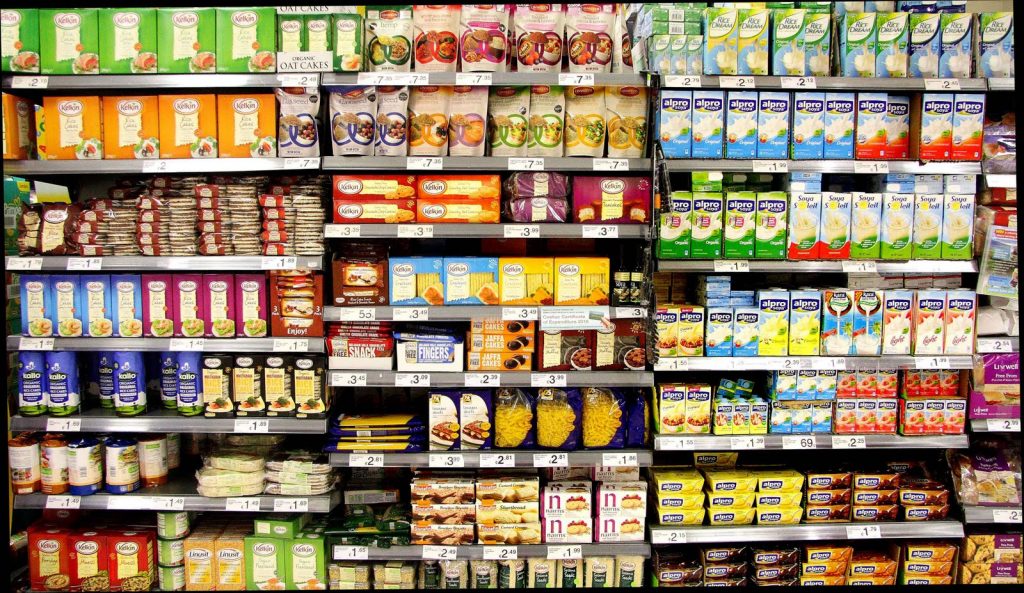For consumer packaged goods (CPG) brands, particularly in the food and perishable sectors, breaking into the U.S. market—especially in highly competitive regions like the tri-state area of New York, New Jersey, and Connecticut—is both an exciting opportunity and a monumental challenge. The sheer scale of the market, combined with aggressive competition and complex distribution networks, requires strategic partnerships to navigate effectively.
One such partnership that can be a game-changer for CPG brands is working with a broker. Brokers bring industry expertise, established relationships, and operational know-how, offering brands the support they need to position, promote, and sell their products successfully. This article delves into the reasons why hiring a broker is not just beneficial but essential for brands aiming to scale their operations in such a high-stakes environment.
The critical role of brokers in the CPG landscape
Brokers act as intermediaries between brands and retailers, leveraging their deep industry connections and insights to facilitate market entry, product placement, and sustained success. They don’t just sell your products; they become an extension of your business, aligning with your goals and working tirelessly to ensure your product’s success. Here’s why brokers are indispensable:
1. Access to key decision-makers
One of the most significant hurdles for CPG brands is gaining access to the right buyers. Wholesalers, who control centralized purchasing for major supermarket chains, are the gatekeepers to broader market penetration. Without an existing relationship, it can be incredibly challenging to even get a meeting, let alone secure product placement.
A broker’s established network of contacts opens doors that would otherwise remain closed. They already have trusted relationships with wholesalers, buyers, and retail chains, making it far easier to codify your product in these systems and ensure placement in key stores across the region.
2. Immediate market penetration at scale
Once your product is codified with wholesalers, you gain access to a wide network of stores, providing immediate market penetration. This process, which could take years to achieve independently, is expedited through a broker’s expertise and connections. By centralizing the purchasing process with wholesalers, brokers can help you scale faster and more efficiently.
For example, instead of approaching individual stores or small chains one by one, a broker can secure agreements with wholesalers that distribute to hundreds of locations, instantly giving your product a presence across the market.
3. Local expertise in a hyper-competitive environment
The tri-state area, like much of the U.S. market, is fiercely competitive. Retail shelf space is limited, and new products are constantly vying for attention. Even established brands can lose their placement if they fail to maintain performance or visibility. In such a high-pressure environment, having a broker with local market expertise is invaluable.
Brokers understand the nuances of the region, from consumer preferences to retailer expectations. They can guide you in tailoring your approach to fit the unique demands of the market, whether that means adjusting packaging, pricing, or promotional strategies.
4. On-the-ground support for merchandising and execution
In the CPG world, getting your product on the shelf is only half the battle. The other half is ensuring it stays there. Without active merchandising and sales support, even the most promising products can be overlooked or, worse, replaced by competitors.
Brokers often provide or coordinate field teams that handle in-store merchandising, promotions, and stock replenishment. These teams ensure that your product is visible, well-stocked, and correctly positioned to drive sales. Their consistent presence also helps maintain relationships with store managers and address issues as they arise, preventing disruptions that could harm your brand’s performance.
5. Focused expertise to manage complexity
Navigating the intricacies of the U.S. retail landscape is no small task. From understanding buyer cycles and negotiating terms to managing logistics and compliance, the process is complex and time-consuming. A broker acts as a single point of contact to manage these complexities on your behalf, freeing you to focus on other aspects of your business, such as product innovation and marketing.
6. Cost efficiency and strategic alignment
While hiring a broker involves an upfront investment, it can save your business significant costs in the long run. Building an internal sales team, establishing direct connections with wholesalers, and navigating the complexities of a competitive market independently require time, money, and resources. A broker, on the other hand, offers a more streamlined solution, leveraging existing relationships and infrastructure to deliver faster results at a fraction of the cost.
Additionally, brokers align their efforts with your strategic goals. Their success depends on your success, so they are motivated to prioritize your brand, secure optimal placements, and maximize your market performance. This alignment creates a win-win scenario where both parties are fully invested in achieving the desired outcomes.
7. Support for long-term sustainability
Breaking into the market is only the beginning. Sustaining growth and ensuring your product remains relevant require ongoing effort. A broker’s role doesn’t end once your product is on the shelf—they provide continuous support to help your brand thrive. This includes:
- Monitoring performance: Brokers track sales data, inventory levels, and market trends to identify opportunities for improvement or expansion.
- Adapting strategies: Based on performance insights, brokers can adjust promotional tactics, pricing strategies, or distribution plans to maintain momentum.
- Expanding distribution: Once your product proves successful in one region, brokers can help scale it to other markets, replicating the model that worked in the initial rollout.
8. Competitive advantage in the perishable goods sector
Expanding into the perishable goods category adds another layer of complexity. Fresh products come with unique challenges, such as shorter shelf lives, stricter storage requirements, and more frequent deliveries. These factors demand precise coordination and real-time problem-solving to ensure products arrive fresh and in optimal condition.
Brokers experienced in the perishable goods sector offer the expertise and infrastructure needed to manage these challenges. From coordinating cold-chain logistics to ensuring compliance with health and safety regulations, they help mitigate risks and streamline operations, enabling your brand to compete effectively in this high-stakes category.
9. Building retailer relationships through credibility
Retailers are more likely to trust and work with products introduced by brokers they know and respect. Brokers have spent years building credibility within the industry, which they leverage to secure favorable terms and premium shelf space for their clients. By associating your brand with a trusted broker, you inherit a level of credibility that can be difficult to establish independently.
Case study: how a broker transformed a CPG brand’s regional growth
To illustrate the impact of working with a broker, consider the case of a mid-sized food brand looking to expand into the tri-state area. The brand initially struggled to gain traction, facing challenges such as:
- Difficulty accessing key wholesalers and buyers.
- Limited visibility on store shelves.
- Ineffective merchandising that failed to drive sales.
After partnering with an experienced broker specializing in the tri-state market, the brand achieved significant milestones:
- Rapid product placement: The broker secured agreements with two major wholesalers, ensuring the brand’s products were distributed to over 500 stores within six months.
- Improved shelf presence: The broker’s field team implemented consistent merchandising, ensuring the products were prominently displayed and replenished regularly.
- Sales growth: The combination of better visibility, active promotion, and strategic pricing led to a 30% increase in sales within the first year.
This case demonstrates the transformative power of a broker in overcoming market barriers and driving sustainable growth.
Key takeaways for brands considering a broker
- Faster market entry: Brokers streamline the process of entering competitive markets, reducing time-to-shelf and accelerating revenue generation.
- Established relationships: Their connections with wholesalers, buyers, and retailers open doors that are otherwise hard to access.
- Local expertise: Their knowledge of regional dynamics helps tailor your approach to meet market demands.
- Ongoing support: From merchandising to performance tracking, brokers ensure your product not only launches but thrives.
- Strategic growth: Brokers lay the groundwork for scaling your brand to new markets, ensuring long-term success.
Conclusion: why partnering with a broker is a strategic investment for CPG brands
Expanding into a competitive market like the tri-state area is no small feat, especially for CPG brands navigating complex distribution networks and fierce competition. Partnering with a broker is not just about gaining access to wholesalers or securing shelf space—it’s about leveraging expertise, relationships, and on-the-ground support to drive sustainable growth.
A trusted broker serves as an extension of your business, aligning with your goals and working tirelessly to ensure your product’s success. They simplify market entry, provide localized insights, and help manage the day-to-day challenges of merchandising and promotion. Whether you’re launching a new product or scaling an existing one, a broker’s role is invaluable in ensuring your brand thrives in today’s fast-paced and competitive retail environment.
At GroupMCC, we specialize in providing tailored brokerage and merchandising services for CPG brands in the food and perishable goods sectors. With deep industry knowledge and established relationships across all the east coast of USA, we’re here to help your brand break through the noise and achieve lasting success. Contact us today to learn how we can help position your product for growth in one of the most dynamic markets in the United States.














